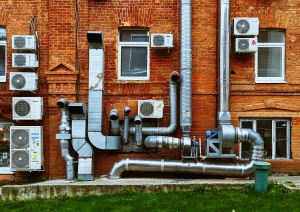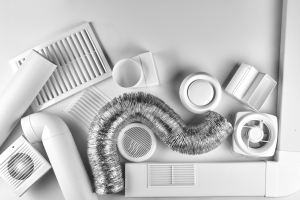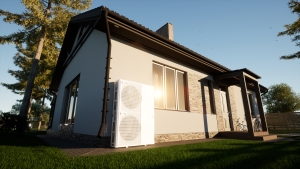In our fifth installment of our series on HVAC, we focus on the ‘V’ in HVAC—ventilation. This unsung hero plays a pivotal role in not only ensuring our homes are comfortable but safeguarding their health and air quality.
As always, we are delighted to collaborate with Jake DeWerth, a seasoned HVAC Design & Building Performance Expert from Florida, for this in-depth series.
The Essence of Ventilation
Our daily lives, filled with cooking, breathing, and indoor activities, produce pollutants, odors, CO2, and moisture. The role of ventilation is to manage these byproducts by expelling them and introducing fresh, clean air. This exchange is crucial for maintaining indoor air quality, with CO2 levels acting as a basic yet insightful indicator of air freshness.
In the pursuit of energy efficiency, homes have become more airtight, making mechanical ventilation not just beneficial but necessary. International standards recommend mechanical ventilation for homes with air exchange rates lower than 3 air changes per hour (ACH), a common scenario in modern, high-performance homes like those built with Insulated Concrete Form (ICF) technology which tend to have 1.5 – 2.5 ACH/HR).
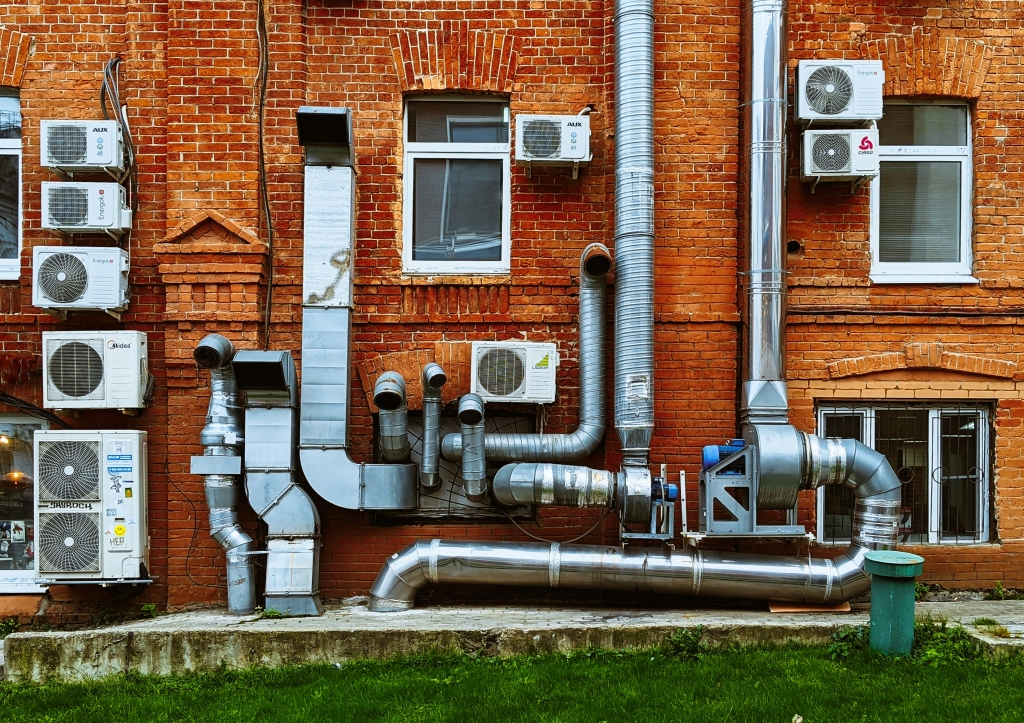
Make Up Air Is NOT Ventilation!
One important thing to note is that “make up” air is not equal to ventilation. Make up air is a separate thing and is primarily concerned with air pressure equalization when a high volume (400-600 CFM) is in use.
With greater attention to energy conservation, direct-vent and mechanical-exhaust appliances are increasingly common in homes. Direct-vent appliances pull their own combustion air from the exterior through a dedicated pipe and have a closed combustion chamber; they do not communicate with the air in the home and aren’t affected by the depressurizing effects of a ripping kitchen exhaust.
Navigating Ventilation Strategies
Choosing the right ventilation strategy is key to balancing indoor air quality with energy efficiency. There are three primary methods:
- Exhaust Only Ventilation: A cost-effective method that relies on negative pressure to expel indoor air, drawing fresh air in through the building’s envelope. Running bath fans or another exhaust fan on a timer every hour or continuously would be an example.
- Supply Only Ventilation: Introduces fresh air into the home, pushing out stale air through natural leaks, suitable for controlling the source and quality of incoming air. An example could be an independent fan or a ventilating dehumidifier or could also involve using a fresh air duct connected to return plenum of air handler.
- Balanced Ventilation: The most effective but complex method, using systems like Heat Recovery Ventilators (HRV) and Energy Recovery Ventilators (ERV) to exchange both air and, in the case of ERVs, moisture, ensuring a balanced indoor environment.
It’s important to note that an ERV does not act as a full dehumidifier – it will remove some moisture out of the incoming air but you are still going to need dehumidification from a dehumidifier or from the heat-pump/ac unit.
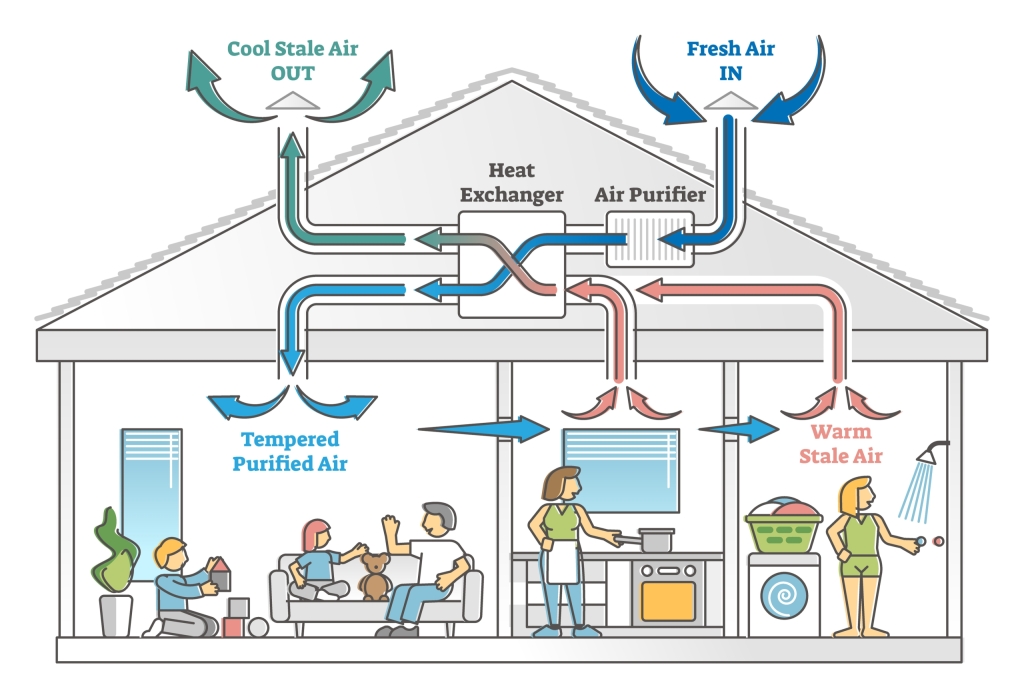
Filtration: The Partner in Air Quality
While ventilation replaces stale with fresh air, filtration ensures that this incoming air is clean. ERVs typically feature their own filtration system, albeit not HEPA-level. For homes requiring higher air quality, additional filtration systems are advised.
Please note – an ERV does not recirculate and/or filter the air inside the house. This can be done separately with a high MERV filter at the air handling unit or a by separate filtration system like a HEPA system.
Determining Your Ventilation Needs
The amount of ventilation a home needs is dictated by its size, occupancy, and air tightness. Guidelines by the American Society of Heating, Refrigerating and Air-Conditioning Engineers (ASHRAE) offer a formula based on these factors, ensuring homes have the appropriate level of ventilation to maintain health and comfort. See ASHRAE 62.2 for more detail.
Ventilation requirements will vary case by case but most residential ERV’s are in the 100-200 CFM range.
Wrapping It Up
As we continue to innovate in the construction of high-performance homes, the integration of effective ventilation systems becomes paramount. By understanding and implementing the right ventilation strategy, we can enhance our homes’ energy efficiency, indoor air quality, and overall comfort. In the journey towards sustainable living, let’s not overlook the vital ‘V’ in HVAC.


